Exile and Identity in Autobiographies of Twentieth-Century Spanish Women
Extraits
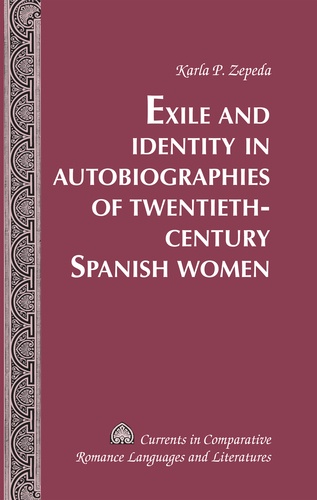
Littérature érotique et sentim
Exile and Identity in Autobiographies of Twentieth-Century Spanish Women
05/2012
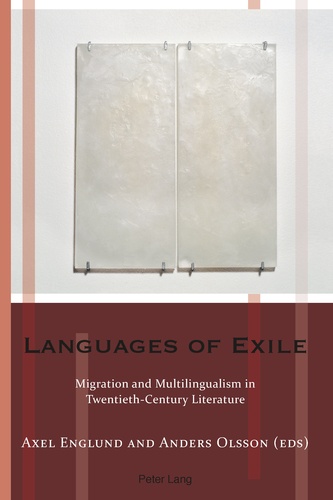
Non classé
Languages of Exile
10/2013
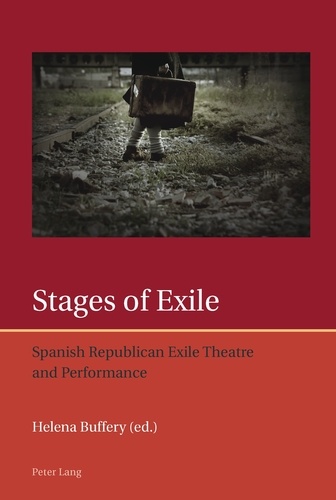
Non classé
Stages of Exile
09/2011
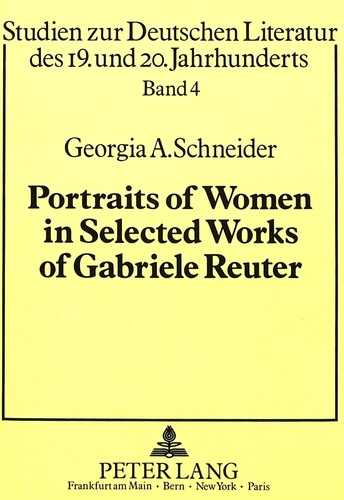
Non classé
Portraits of Women in Selected Works of Gabriele Reuter
12/1987

Comics divers
La Bibliothèque de Daniel Clowes - Twentieth Century Eightball
08/2023
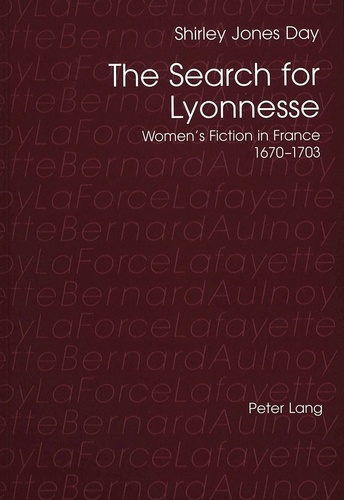
Non classé
The Search for Lyonnesse
07/1999
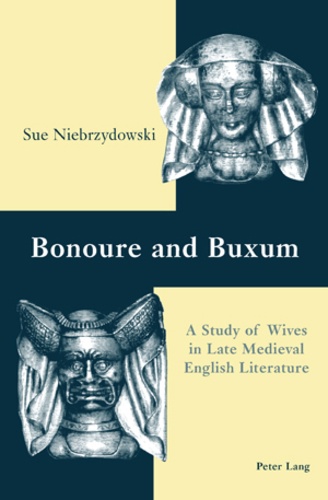
Non classé
Bonoure and Buxum
08/2006
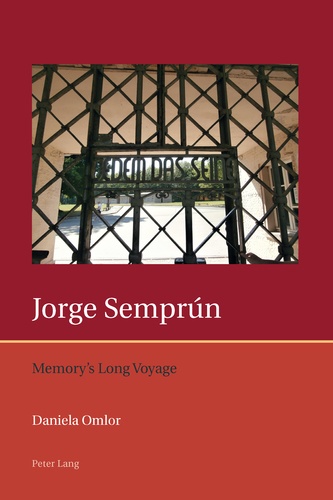
Non classé
Jorge Semprún
04/2014
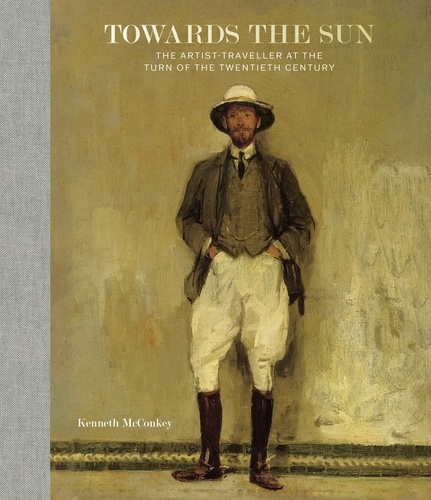
Monographies
Towards the Sun. The Artist - Traveller at the Turn of the Twentieth Century
11/2021
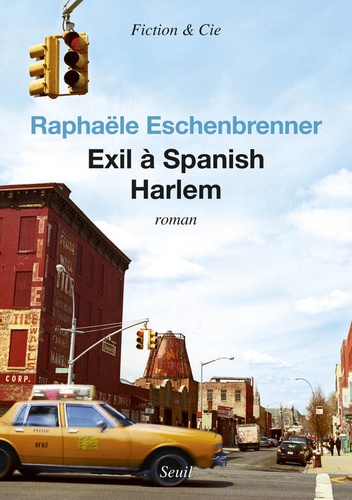
Littérature française
Exil à Spanish Harlem
04/2014

Histoire et Philosophiesophie
WHY SEX MATTERS. A Darwinian Look at Human Behavior
01/2000
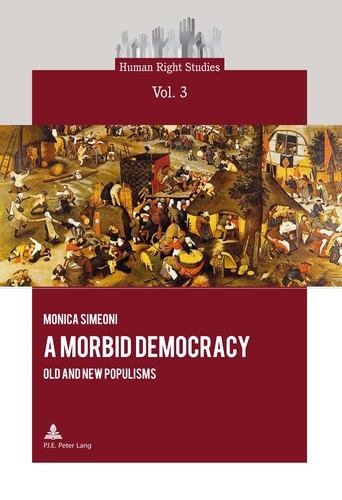
Sciences politiques
A Morbid Democracy. Old and New Populisms
09/1987

Non classé
Border and Border Experience
07/1997
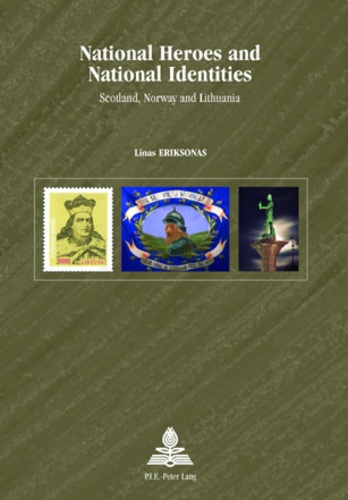
Histoire internationale
National Heroes and National Identities. Scotland, Norway and Lithuania
02/1993

Philosophie
IDENTITE ET DIFFERENCE : AN ESSAY CONCERNING HUMAN UNDERSTANDING II, XXVII, OF IDENTITY AND DIVERSITY. L'invention de la conscience
08/1998

Non classé
The Quest for Modernity
12/1981

Beaux arts
Sorolla - spanish master of light
03/2019

Généralités
Women's voices. echoes of life experiences in the alps and the plain (17th -19th centuries). Actors, Networks, and Socio-Cultural Activities
10/2023
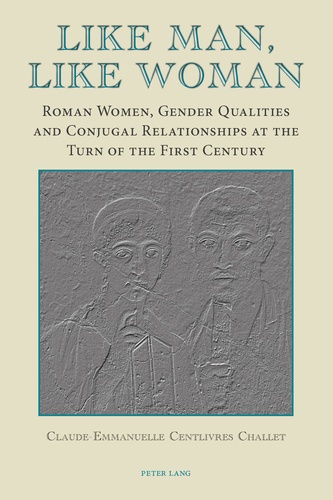
Religion
Like Man, Like Woman
07/2013

Comics
Nomen Omen Tome 1 : Total Eclipse of the Heart
01/2020

Non classé
Brides on Sale
04/2015
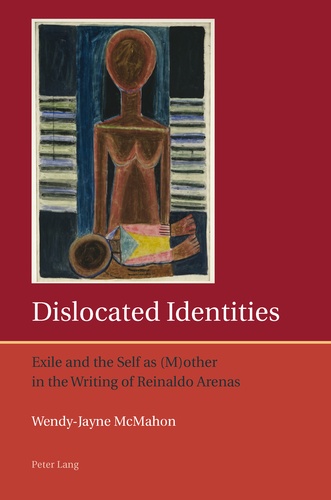
Non classé
Dislocated Identities
04/2012

Non classé
The Central Women Figures in Carl Zuckmayer's Dramas
12/1978
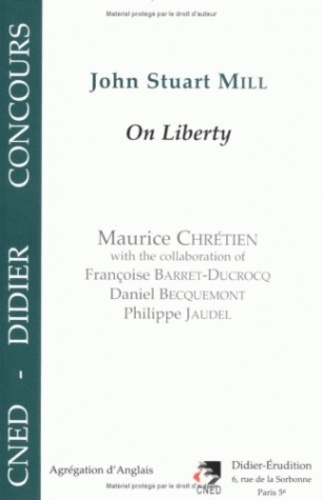
Anglais apprentissage
"On liberty" by John Stuart Mill
07/1997

Histoire internationale
Knowledge and Symbolization in Saint John of the Cross
07/1993
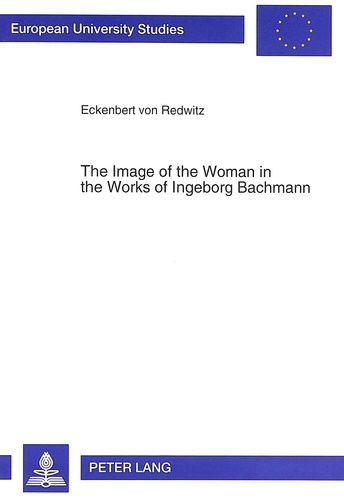
Non classé
The Image of the Woman in the Works of Ingeborg Bachmann
09/1993

Anglais apprentissage
Sophie's Choice. William Styron
10/2004
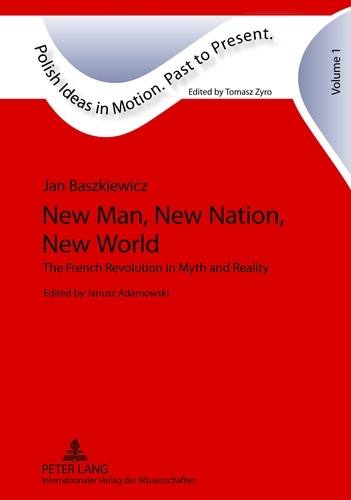
Histoire internationale
New Man, New Nation, New World
05/2012
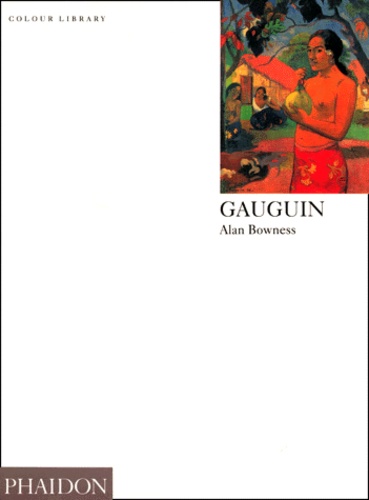
Beaux arts
Gauguin. Edition en langue anglaise
01/1991

Non classé
The Church of Constantinople in the Nineteenth Century
02/2013

